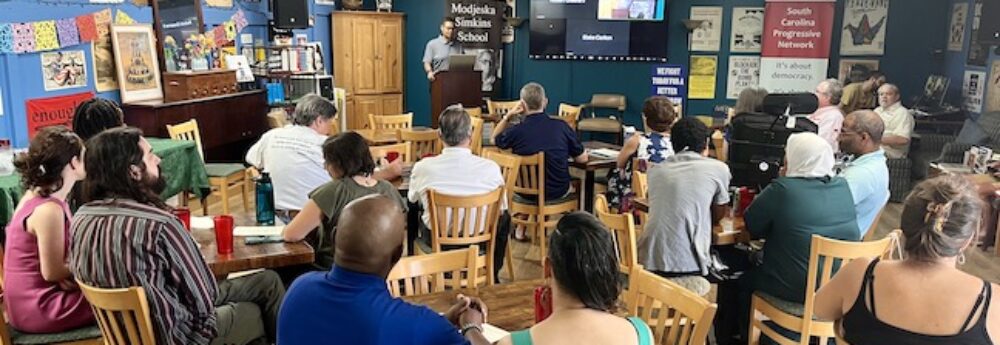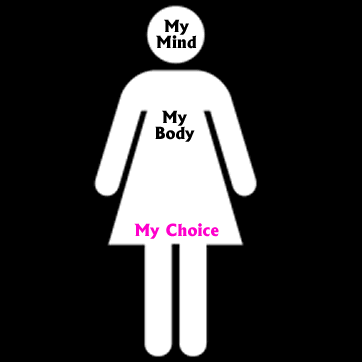Abortion Stakes Are Personal
By Allison Stevens
I’m a lucky woman. Today I hold in my arms my newborn son, born in good health – both his and mine. As the Washington bureau chief for a news site that covers issues important to women, I often cover the ideological warfare over reproductive rights.
A frightening moment at the beginning of my pregnancy gave me an almost visceral perspective on the most recent Supreme Court battle over abortion, one that has already inspired lawmakers in a number of states to enact or contemplate action to further limit a woman’s right to make decisions about her reproductive life based on the best medical option for her particular circumstances.
My pregnancy officially began the way many end: with a late-night trip to the hospital. Last October, before I was able to confirm with my doctor the positive results of an at-home pregnancy test, I headed to the emergency room after I experienced some bleeding, a sign of possible miscarriage.
When, during my emergency ultrasound, I first laid eyes on that tiny white egg, I had the kind of reaction that opponents of abortion say often accompanies ultrasounds: a deeper connection to the growing life within me.
With a good report, I quickly resumed my work schedule, covering a Supreme Court case challenging a ban passed by Congress on the abortion procedure known to doctors as “dilation and extraction.”
The 2003 law banning the “D&X” abortion procedure does not include an exception for the health of the woman, which the justices who decided Roe v. Wade, the 1973 ruling that legalized abortion, deemed a necessary caveat in the limitations they put on legalized abortion – and one retained in subsequent decisions by the high court in later laws concerning abortion.
I listened as the justices gamely debated the merits of protecting women’s health during pregnancy, a condition only one – Ruth Bader Ginsburg – had ever experienced.
That debate was, for me, a different kind of ultrasound, a look into the minds of those who have the ultimate say over my reproductive life. Like its medical counterpart, this inside look intensified my feelings about my pregnancy: I became more acutely aware of my health – and my vulnerability – as a pregnant woman.
In the first pregnancy book I read, the classic “What to Expect When You’re Expecting,” I encountered a long list what could go wrong with the fetus, and me. Scariest was the chapter on possible complications, which covered everything from such relatively benign problems as gestational diabetes to pregnancy-related cancer, comas and seizures, as well as a disease that can cause permanent damage to a pregnant woman’s nervous system and other organs. Women over 35 are more likely to have problematic pregnancies, and the results of prenatal tests such as amniocentesis are generally not released until mid-pregnancy.
During the banned procedure, also known as an “intact dilation and evacuation” abortion, the fetus is partly brought out of the uterus before it is aborted. In her dissent to the 5-4 decision, Ginsburg noted that this procedure is safer for many women because it reduces the number of times a physician must insert medical instruments into the uterus, which can damage or puncture the uterine lining. It also decreases the likelihood that fetal remains will be left in the uterus, which can cause infection, hemorrhage, and infertility, and it is faster to complete than other procedures, potentially reducing bleeding, the risk of infection and complications due to anesthesia, she said.
Moreover, the procedure’s ban “saves not a single fetus from destruction, for it targets only a method of performing abortion,” Ginsburg said.
The decision has implications even beyond its immediate scope. Doctors may be more reluctant to perform other, legal procedures for fear they will be perceived as violating the law. And it paves the way for anti-choice legislators to pursue more restrictions to abortion that lack exceptions for women’s health.
Louisiana just passed a new law banning an abortion procedure, and conservatives in the Kansas legislature have commissioned a study of how the court’s decision could impact the practice of abortion in that state.
My ultrasound may have served to make my pregnancy real for me. But the decision of five men to disregard its possible impact on my health, while the only woman on the bench took assessed in real terms the physical risks involved with pregnancy made real for me the power men still hold over my body and my health.
Stevens is Washington bureau chief at Women’s eNews, a nonprofit independent news agency that covers issues of particular concern to women and provides women’s perspectives on public policy. Stevens gave birth to her son, on July 18.

